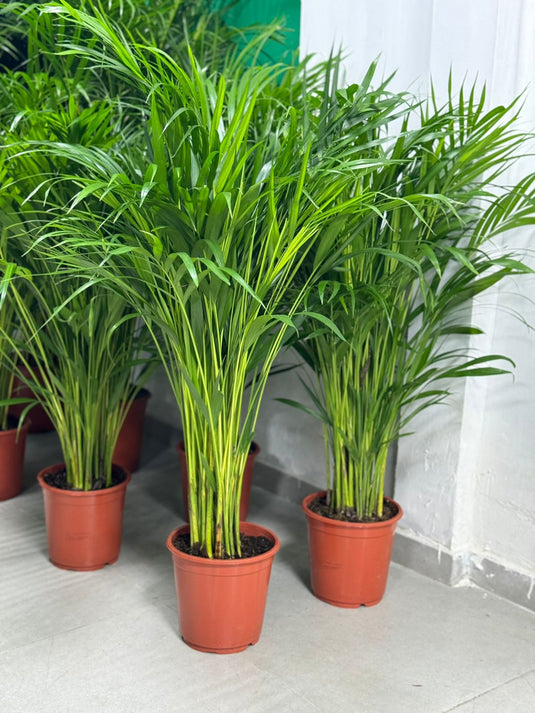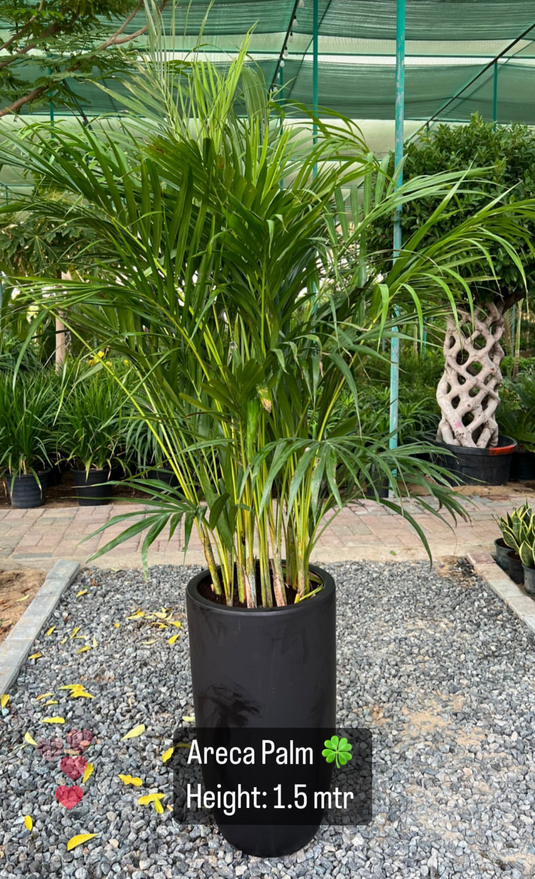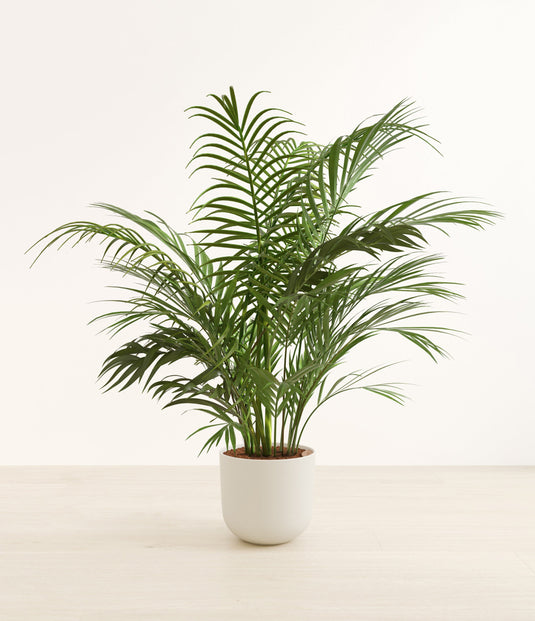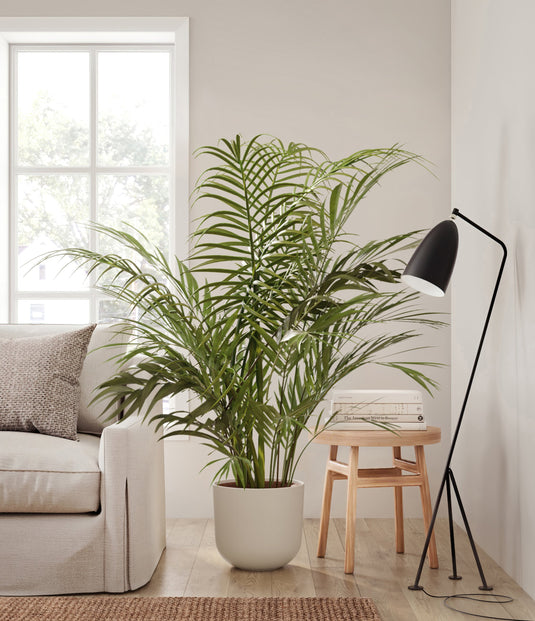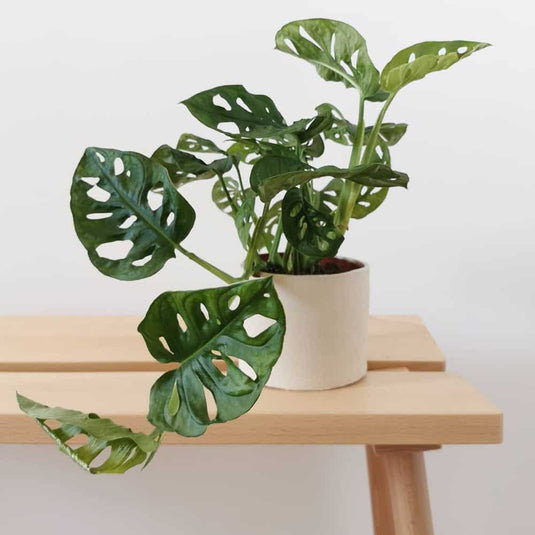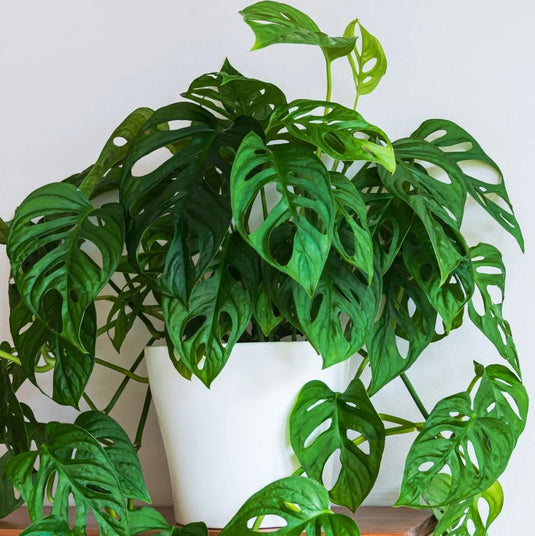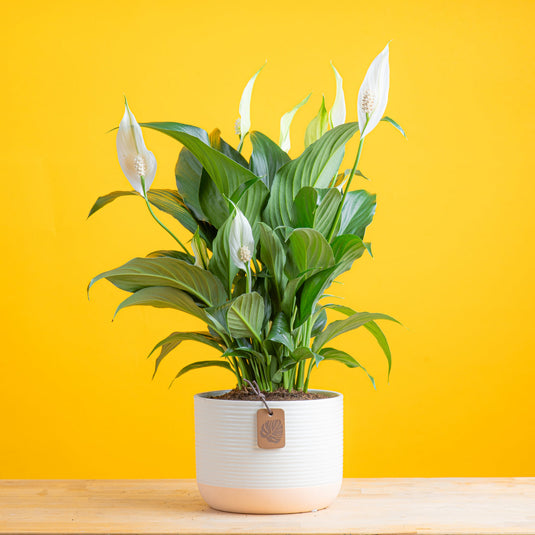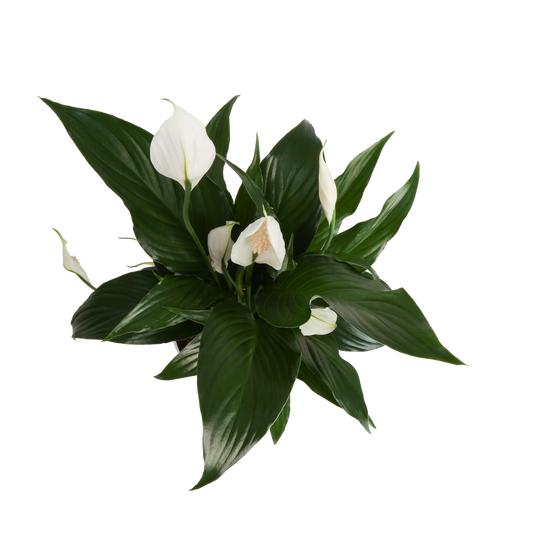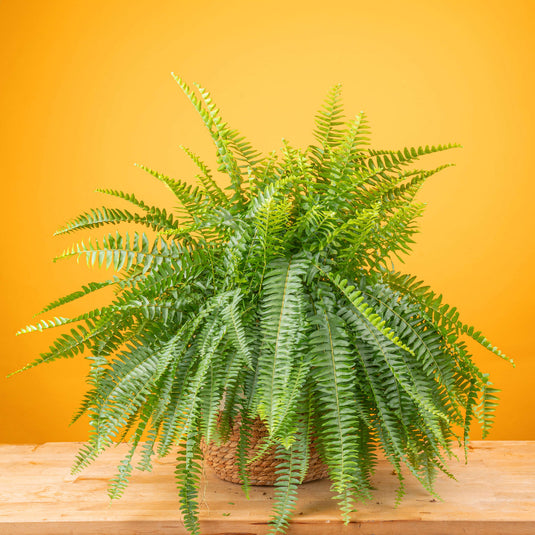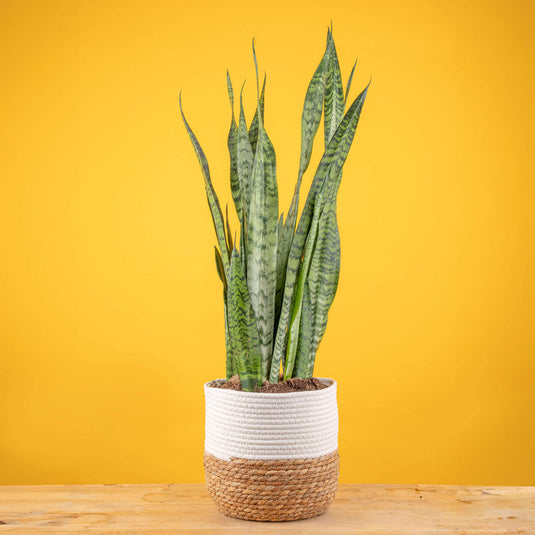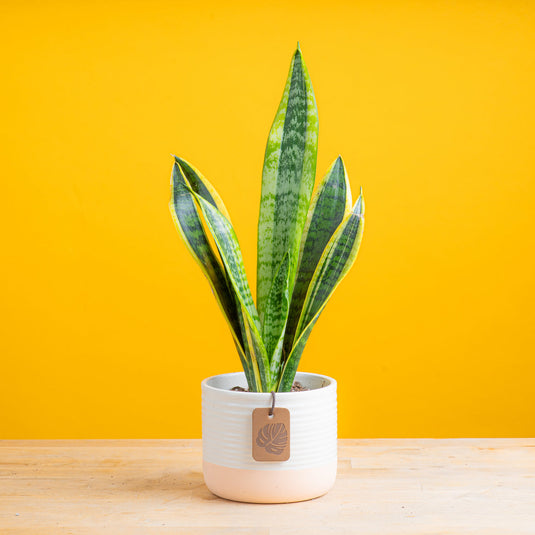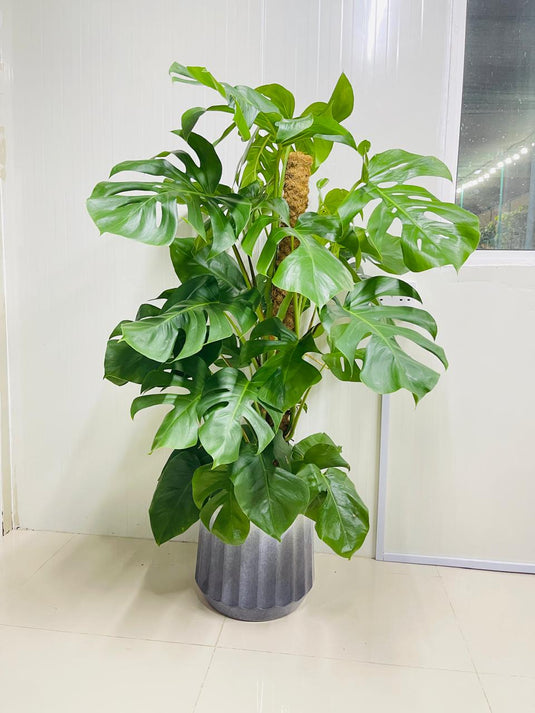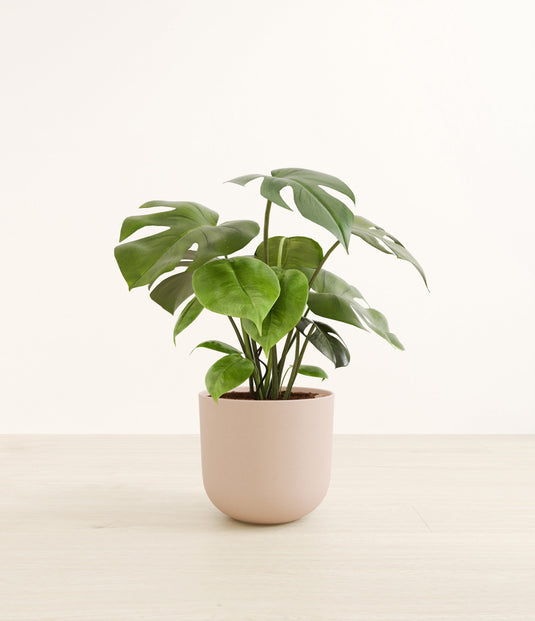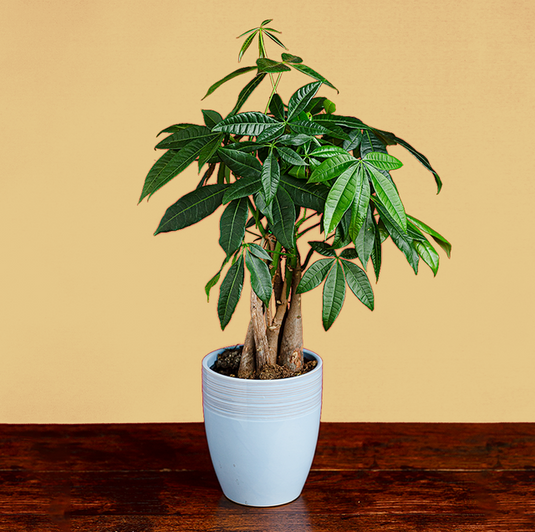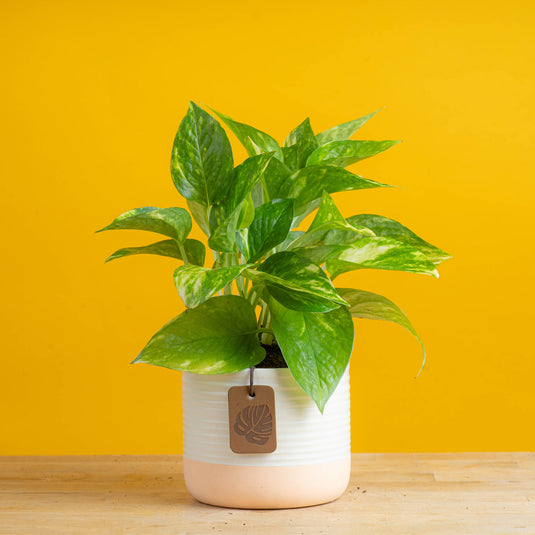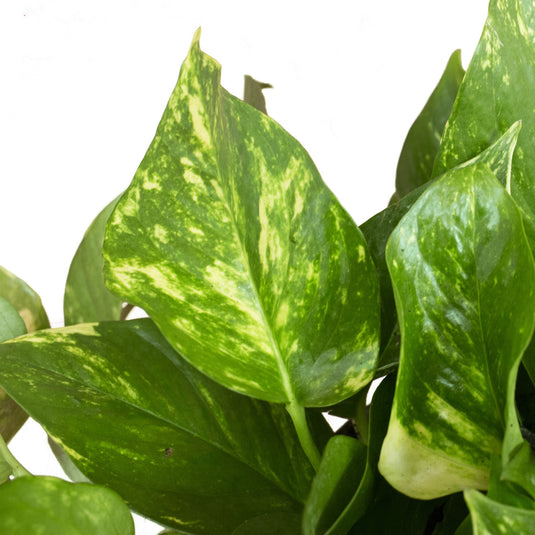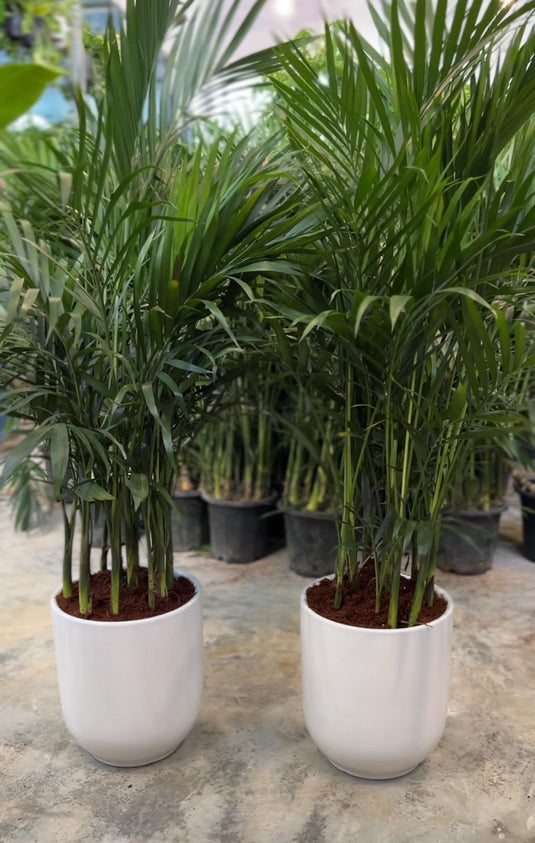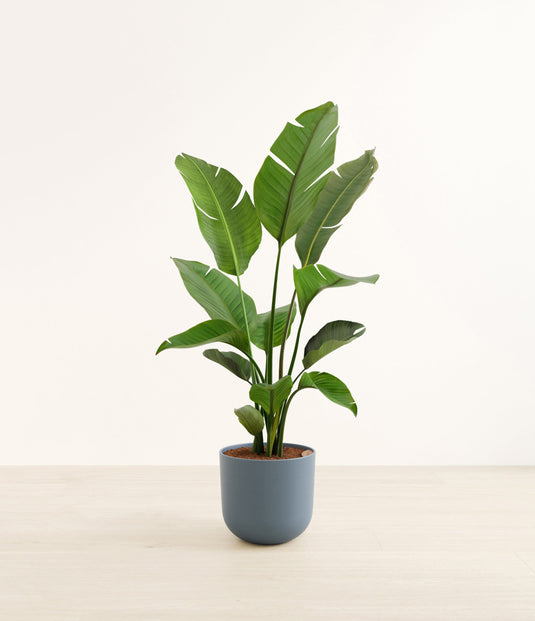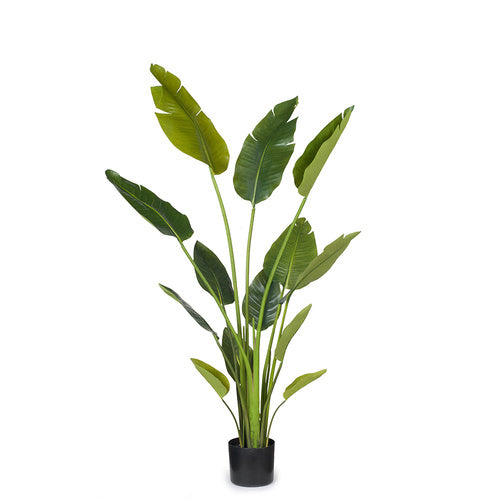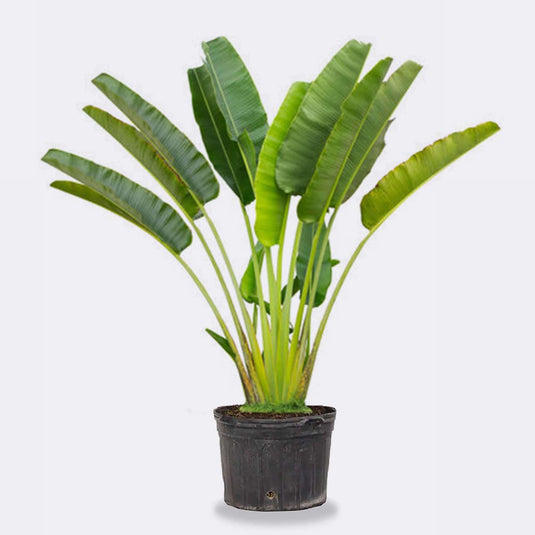Areca Palm
- Healthy Arrival Guarantee
- Free Plant Care Consultation
- Safe & Secure Payment
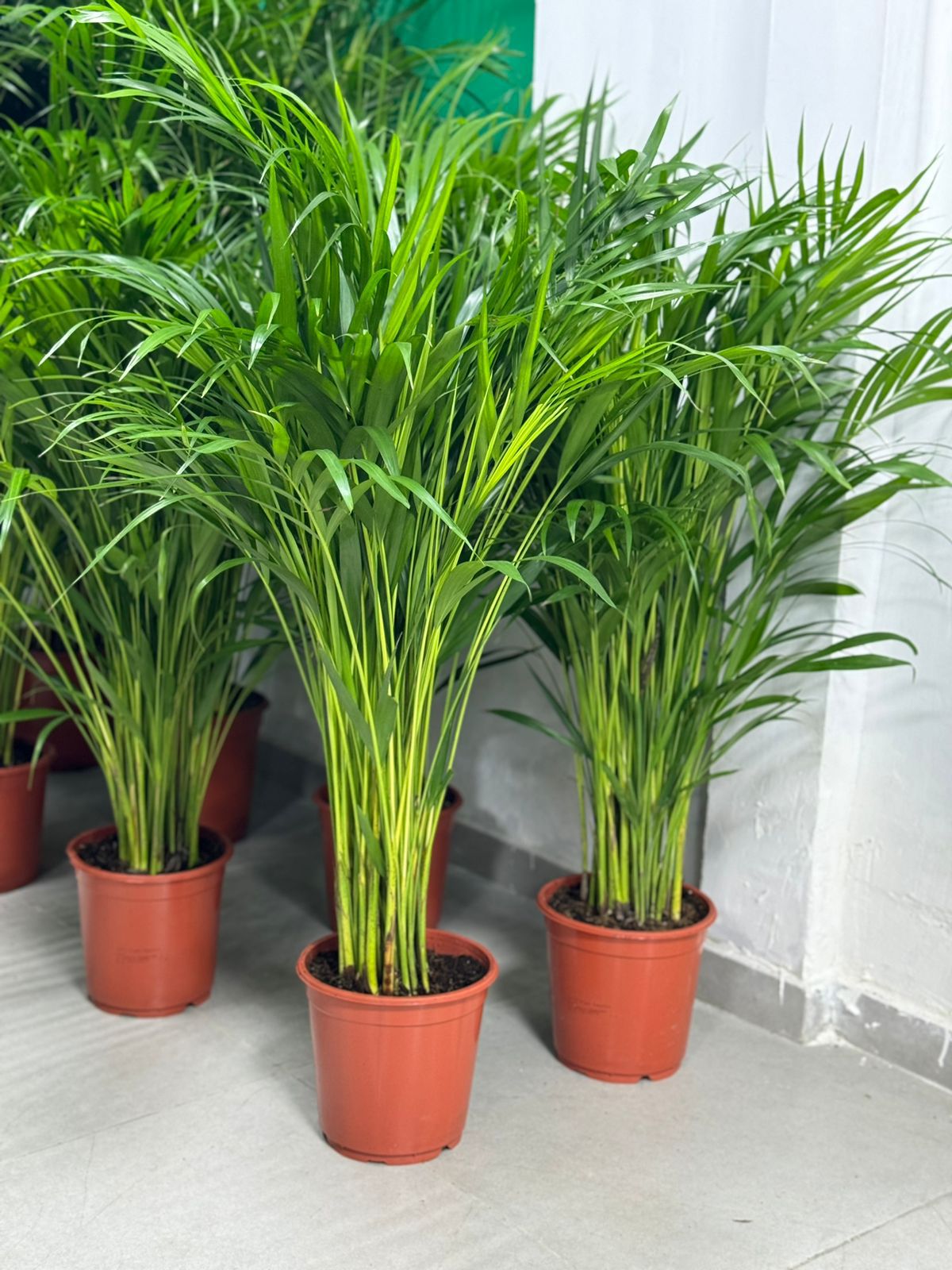
We will send you a notification as soon as this product is available again.
-
Estimated delivery: Dec 27 - Dec 31
-
Free return within 7 days of purchase.
Plant Description
The Areca Palm (Dypsis lutescens), also known as the butterfly palm or golden cane palm, is a tropical plant commonly grown indoors and in landscapes for its attractive, feathery fronds. The global market for ornamental plants, including Areca Palms, is expected to reach approximately USD 64 billion by 2030.
4 Key Benefits of Having Areca Palm in Your Home
1. Air Purification:
According to NASA’s Clean Air Study, Areca Palm is effective in removing pollutants like formaldehyde, xylene, and toluene from indoor air, contributing to a healthier environment.
2. Humidity Control:
The Areca Palm releases significant moisture into the air through transpiration, which helps maintain indoor humidity levels, making it beneficial in dry climates.
3. Improved Respiratory Health:
A study published in the Journal of Clinical Medicine shows that plants like the Areca Palm can improve air moisture, reducing symptoms of dry skin, throat irritation, and respiratory issues.
4. Stress Reduction and Aesthetic Appeal:
Research has shown that the presence of Areca Palms in homes and workplaces can lower stress levels and boost overall mental well-being by creating a calming, green environment.
5. Pet-Friendly Plant:
The Areca Palm is non-toxic to pets, as confirmed by the American Society for the Prevention of Cruelty to Animals (ASPCA), making it a safe choice for households with animals.
Disadvantages
- Areca Palm thrives in indirect sunlight, encouraging thoughtful placement for optimal growth and plant health.
- The plant requires regular watering, fostering consistent care routines that promote mindfulness.
- As the Areca Palm can grow tall, it is best suited for larger rooms or outdoor areas, inspiring efficient use of space.
- This plant prefers warm environments, promoting attention to indoor temperature regulation and plant health.
Frequently Asked Questions
1. Does the Areca Palm improve indoor air quality?
Yes, NASA studies confirm that the Areca Palm can remove harmful pollutants from indoor air.
2. Is the Areca Palm safe for pets?
Yes, the Areca Palm is non-toxic and safe for pets, according to the ASPCA.
3. Does the Areca Palm need a lot of sunlight?
No, the Areca Palm thrives in indirect sunlight, making it suitable for indoor environments.
4. Can the Areca Palm help with respiratory health?
Yes, by increasing humidity, the Areca Palm can reduce respiratory issues caused by dry air.
Final Verdict: Should I Buy the Areca Palm?
Yes, It is a pet-friendly plant, making it a great choice for enhancing both indoor and outdoor spaces.
The Areca Palm (Dypsis lutescens), also known as the butterfly palm or golden cane palm, is a tropical plant commonly grown indoors and in landscapes for its attractive, feathery fronds. The global market for ornamental plants, including Areca Palms, is expected to reach approximately USD 64 billion by 2030.
4 Key Benefits of Having Areca Palm in Your Home
1. Air Purification:
According to NASA’s Clean Air Study, Areca Palm is effective in removing pollutants like formaldehyde, xylene, and toluene from indoor air, contributing to a healthier environment.
2. Humidity Control:
The Areca Palm releases significant moisture into the air through transpiration, which helps maintain indoor humidity levels, making it beneficial in dry climates.
3. Improved Respiratory Health:
A study published in the Journal of Clinical Medicine shows that plants like the Areca Palm can improve air moisture, reducing symptoms of dry skin, throat irritation, and respiratory issues.
4. Stress Reduction and Aesthetic Appeal:
Research has shown that the presence of Areca Palms in homes and workplaces can lower stress levels and boost overall mental well-being by creating a calming, green environment.
5. Pet-Friendly Plant:
The Areca Palm is non-toxic to pets, as confirmed by the American Society for the Prevention of Cruelty to Animals (ASPCA), making it a safe choice for households with animals.
Disadvantages
- Areca Palm thrives in indirect sunlight, encouraging thoughtful placement for optimal growth and plant health.
- The plant requires regular watering, fostering consistent care routines that promote mindfulness.
- As the Areca Palm can grow tall, it is best suited for larger rooms or outdoor areas, inspiring efficient use of space.
- This plant prefers warm environments, promoting attention to indoor temperature regulation and plant health.
Frequently Asked Questions
1. Does the Areca Palm improve indoor air quality?
Yes, NASA studies confirm that the Areca Palm can remove harmful pollutants from indoor air.
2. Is the Areca Palm safe for pets?
Yes, the Areca Palm is non-toxic and safe for pets, according to the ASPCA.
3. Does the Areca Palm need a lot of sunlight?
No, the Areca Palm thrives in indirect sunlight, making it suitable for indoor environments.
4. Can the Areca Palm help with respiratory health?
Yes, by increasing humidity, the Areca Palm can reduce respiratory issues caused by dry air.
Final Verdict: Should I Buy the Areca Palm?
Yes, It is a pet-friendly plant, making it a great choice for enhancing both indoor and outdoor spaces.
Plant Care
Watering
Water your plant once a week or when the soil starts to feel slightly dry on the surface. Keep the soil consistently moist, but be careful not to overwater, as this can cause brown spots and leaf drop. If the leaves become curly or dry, it's a sign that the plant needs water. It's best to water your plant in the early morning or late evening when the temperatures are cooler. Always check the soil before watering.
Light
Provide bright indoor light or indirect sunlight for about 6 to 8 hours a day.
Temperature
Maintain temperatures between 18°C and 24°C. Avoid exposing the plant to drafts, as these can cause undesirable temperature fluctuations. Mist the plant occasionally, about twice a week, to help maintain optimal humidity levels.
Fertilizer
Apply liquid fertiliser every 15 days when the plant is actively growing. For best results, use Folikraft ready-to-use Indoor Plant Food.




